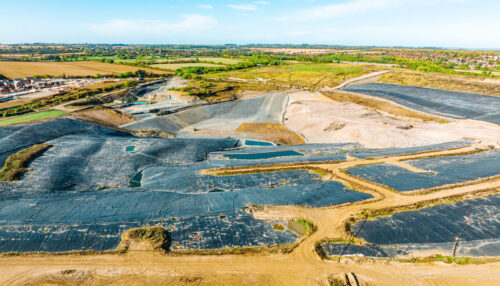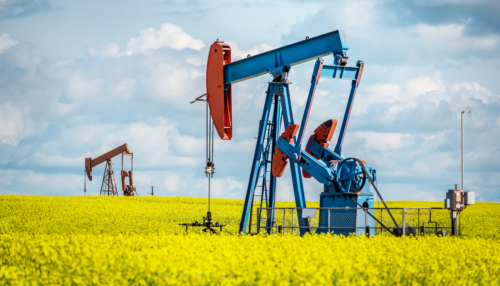
CASE STUDY
The Future of Methane Measurement
How Montrose and BC OGRIS are Solving Methane Slip and Rewriting What’s Possible in the Field
Lean-burn natural gas engines are efficient workhorses across North America. They save fuel and reduce certain emissions. But there’s a tradeoff, the escape of methane (also known as engine) slip.
Even small amounts of methane can have a significant environmental impact. For energy producers, this isn’t just about compliance. It’s about staying ahead of current and upcoming regulatory requirements while actively reducing emissions.
A Smarter Way to Measure Methane
To explore alternatives, Montrose designed and conducted a field study in collaboration with the BC Oil and Gas Research Society (BC OGRIS), an organization that funds research projects aimed at improving environmental performance, safety, and innovation in the province’s oil and gas sector.
This study tested the SEMTECH® Hi-Flow 2, a portable analyzer that measures methane leaks directly at the source, providing fast, accurate results suitable for real-world operations. By design, it is more accessible than traditional FTIR, with deployment costs estimated at roughly 20 to 50 percent of the cost per engine. The study aimed to show that real-time methane quantification could achieve FTIR-level accuracy while reducing both cost and operational effort.

From Pilot Program to Fleet-Wide Deployment
In Phase 1 of the field test, we put Hi-Flow 2 head-to-head with FTIR on a small set of lean-burn engines. Results confirmed that accuracy was on par, but there were issues holding back the study, like intermittent moisture interference, small sample size, and the lack of mass-emission calculations.
So, we scaled up and moved to phase 2 of the test.
Phase 2 expanded testing across 32 engines at 19 leases in British Columbia’s Peace River region and proved the hypothesis; real-time methane monitoring is ready to be deployed fleet-wide:

Across 96 tests, there were 0 failures.

One technician could complete reliable measurements in under 15 minutes per engine.

Results showed lean-burn engines emitted twice the methane of rich-burn units.

By adding a compact oxygen sensor and fuel-flow data, operators can hit Tier-3 accuracy (within 9%), supporting current and anticipated regulatory requirements.
The Next Era of Measurement is Real-Time
This isn’t about better data (although it certainly helps). It shows that real-time, field-ready methane measurement is already working at scale.
This is a new path forward for the industry. For decades, companies have had to choose between what was best for the environment and what was viable for business. That tradeoff is disappearing.
This study shows that by combining real-time monitoring tools like Hi-Flow 2 with a traditional LDAR program, companies can shift from checking a box for compliance to a proactive environmental strategy that’s good for business and the planet. It’s a playbook for how companies can future-proof themselves against new methane rules, not scramble to catch-up.
Read the full final report for detailed methodology, results, and recommendations. Go.
Or contact our methane experts to take the next step toward real-time methane monitoring.


![Calculating-Methane-Intensity-MiQ[1]](https://montrose-env.com/wp-content/uploads/2025/07/Calculating-Methane-Intensity-MiQ1-scaled-500x286.jpg)

